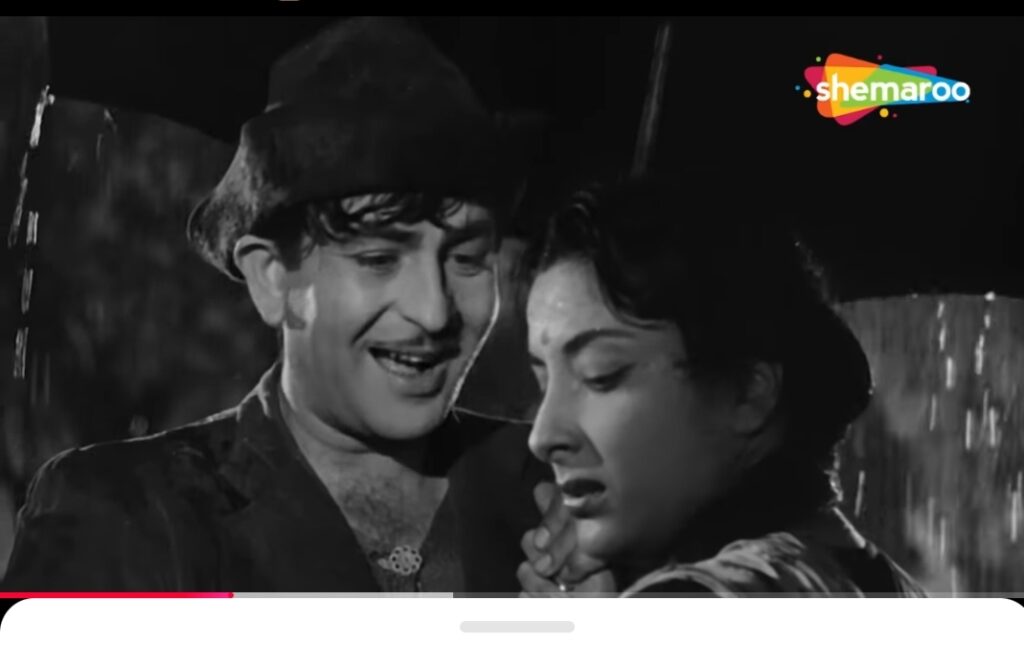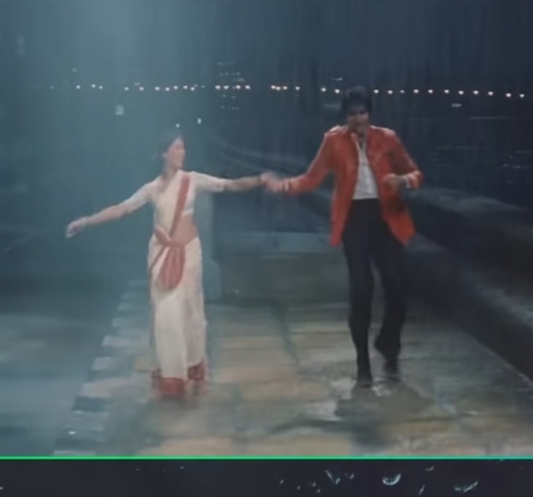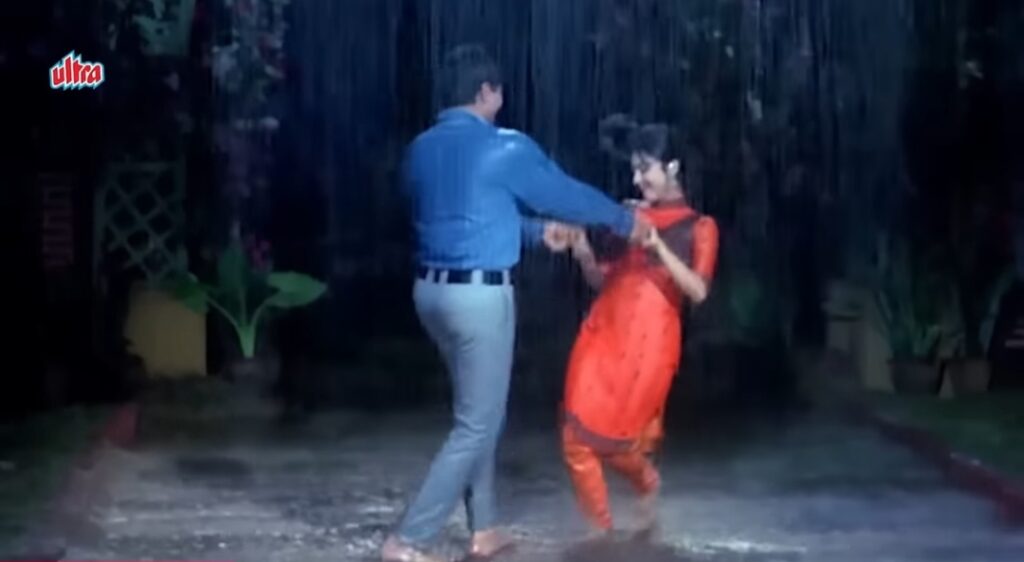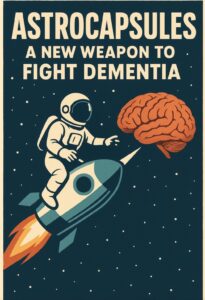

Raining Romance
As the month of Shravan (Sawan) ushers in the monsoon’s magic, India comes alive with the rhythmic patter of raindrops and the lush greenery that blankets the landscape. In Bollywood, the rainy season has long been a muse, inspiring some of the most unforgettable songs that capture love, longing, and the sheer joy of getting drenched. From soulful melodies to vibrant dance numbers, rain songs have been a cornerstone of Hindi cinema, evolving with time yet retaining their timeless charm. This article celebrates Bollywood’s love affair with rain songs, tracing their evolution and highlighting iconic tracks that resonate with the spirit of Sawan.
The Monsoon Muse in Bollywood
Rain in Bollywood is more than just a weather phenomenon; it’s a narrative device, a metaphor for romance, and a canvas for aesthetic brilliance. Since the inception of Indian cinema, rain songs have held a special place, weaving emotions of love, separation, and celebration into their melodies. The month of Shravan, with its spiritual and romantic connotations, amplifies the allure of these songs, making them the perfect soundtrack for the season.
In the black-and-white era, rain songs were poetic and evocative, often symbolizing longing or forbidden love. With the advent of colour in the 1960s, these sequences became visually spectacular, drenched in vibrant hues and theatrical expressions. By the 1980s, rain songs took on a bolder, more sensual avatar, reflecting changing societal norms and cinematic styles. Today, while rain songs may have taken a backseat to beach party anthems, their legacy endures, evoking nostalgia and romance in equal measure.
The Golden Era: Poetic Raindrops

The 1950s and 1960s laid the foundation for Bollywood’s rain song legacy with tracks that remain etched in cultural memory. Songs like Pyar Hua Iqrar Hua from Shree 420 (1955) epitomized romance under the rain, with Raj Kapoor and Nargis sharing an umbrella in a scene that became iconic for its simplicity and emotional depth. The song’s gentle melody, penned by Shailendra and composed by Shankar-Jaikishan, perfectly captured the tenderness of newfound love.
Similarly, Yeh Raat Bheegi Bheegi from Chori Chori (1956) showcased the playful chemistry between Raj Kapoor and Nargis, their voices blending seamlessly with the rain-soaked visuals. Another gem, Ek Ladki Bheegi Bhagi Si from Chalti Ka Naam Gaadi (1958), brought a comedic twist, with Kishore Kumar’s spirited rendition and Madhubala’s drenched charm creating a lighthearted classic.
The 1960s also saw rain songs steeped in classical influences. O Sajna Barkha Bahar Aayi from Parakh (1960) and Zindagi Bhar Nahin Bhoolegi from Barsaat Ki Raat (1960) used the monsoon as a backdrop for soulful expressions of love and longing. These songs, often rooted in Hindustani classical ragas like Malhar, resonated deeply with audiences, embodying the spiritual essence of Shravan.
The Bold and Beautiful 1980s


The 1980s marked a turning point for rain songs, as Bollywood embraced bolder themes and aesthetics. Songs like Lagi Aaj Sawan Ki from Chandni (1989) combined sensuality with emotional depth, with Sridevi’s ethereal beauty and the haunting melody by Shiv-Hari creating a timeless classic. The rain in this song was not just a backdrop but a character, amplifying the protagonist’s inner turmoil and passion.
Another standout is Megha Re Megha Re from Pyasa Sawan (1981), where the rain became a metaphor for unfulfilled desires, with Lata Mangeshkar’s soulful voice adding layers of emotion. The era also saw playful tracks like Aaj Rapat Jaayen from Namak Halaal (1982), where Amitabh Bachchan and Smita Patil’s chemistry sizzled under the downpour, blending humor with flirtation.
The 1980s rain songs were notable for their aesthetic appeal, with filmmakers using slow-motion shots, vibrant costumes, and lush locations to enhance the visual spectacle. Unlike earlier decades, where rain was often a symbol of restraint, the 80s embraced its sensuality, making these songs a celebration of liberated emotions.
The 1990s and Beyond: A Shift in Tunes


By the 1990s, Bollywood’s rain songs began to evolve, reflecting changing audience tastes and cinematic trends. Rimjhim Rim Jhim Gire Sawan from Manzil (1979), carried into the early 80s and 90s as a nostalgic favorite, captured the quiet beauty of a rain-soaked city, with Kishore Kumar’s soulful rendition and Moushumi Chatterjee’s dreamy expressions. Similarly, Rimjhim Rimjhim from 1942: A Love Story (1994) brought a fresh, youthful energy to the genre, with Manisha Koirala and Anil Kapoor dancing in the rain to R.D. Burman’s timeless composition.
However, the 2000s saw a decline in traditional rain songs as filmmakers gravitated toward urban settings and party anthems. Songs like Ghanan Ghanan from Lagaan (2001) stood out as exceptions, using the rain to symbolize hope and renewal in a drought-stricken village. The song’s folk-inspired rhythm and A.R. Rahman’s masterful composition made it a modern classic, celebrating the monsoon’s life-giving essence.
The Cultural Significance of Rain Songs

Rain songs in Bollywood are more than just musical interludes; they are cultural artifacts that reflect India’s deep connection with the monsoon. In a country where agriculture depends on timely rains, the monsoon is both a practical necessity and a romantic ideal. Shravan, with its festivals like Teej and Raksha Bandhan, adds a spiritual dimension, making rain songs a celebration of life, love, and renewal.
These songs often feature in dream sequences, where the rain becomes a metaphor for unspoken desires or forbidden love. The act of getting wet in the rain, traditionally considered taboo in conservative Indian society, allows characters to shed inhibitions, making these sequences both daring and poetic. From the playful Dum Dum Diga Diga (Chhalia, 1960) to the intense Naino Mein Badra Chhaye (Mera Saaya, 1966), rain songs have explored a spectrum of emotions, from joy to melancholy.
Why Rain Songs Endure
The enduring appeal of Bollywood rain songs lies in their ability to evoke universal emotions. The sound of raindrops, the sight of drenched lovers, and the rhythm of a soulful melody create a sensory experience that transcends generations. Songs like Sawan Ka Mahina from Milan (1967) or Barkha Rani from Sabak (1973) continue to resonate, their melodies echoing in the playlists of monsoon lovers.
While modern Bollywood may favor glitzy party tracks, the charm of rain songs remains unmatched. They remind us of simpler times when love was expressed through stolen glances under an umbrella or a dance in the pouring rain. As Shravan unfolds, these songs invite us to embrace the season’s magic, to feel the rain on our skin, and to lose ourselves in the romance of Bollywood’s timeless melodies.
A Playlist for Shravan

As we celebrate the month of Shravan, here’s a nod to some unforgettable rain songs that capture the monsoon’s essence. From the poetic Barsat Mein Humse Mile Tum (Barsaat, 1949) to the vibrant Barso Re (Phagun, 1958), these tracks are a testament to Bollywood’s love affair with the rains. Whether it’s the playful Haye Re Haye (Humjoli, 1970) or the soul-stirring Megha Chhaye Adhi Raat (Sharmilee, 1971), each song offers a unique flavor, inviting listeners to create their own monsoon memories.
So, as the clouds gather and the rains begin, let Bollywood’s rain songs be your companion. Let them transport you to a world where love blooms under stormy skies, and every raindrop tells a story of romance and renewal.
Happy Shravan!
Hasnain Naqvi is a former member of the history faculty at St. Xavier’s College, Mumbai





